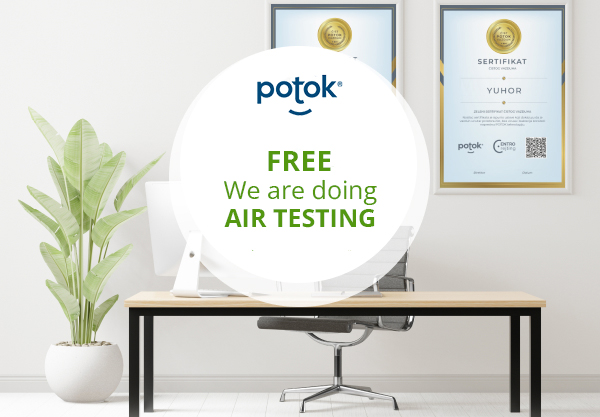In an era where air pollution and pollutants pose a significant threat to our health, the demand for effective air decontamination technologies has never been greater. As we become more aware of the impact of airborne pollutants on respiratory health, the race to develop cutting-edge solutions for purifying the air we breathe has intensified. This blog explores the evolution of air decontamination technologies and the innovative solutions that are reshaping the way we provide clean, healthy air for all.
The quality of the air we breathe directly affects our overall well-being. Unfortunately, rapid industrialization, vehicle emissions, and various other sources contribute to increasing concentrations of air pollutants. The World Health Organization (WHO) estimates that 91% of the world’s population lives in areas where air quality exceeds guideline limits. These alarming statistics highlight the urgent need for advanced air decontamination solutions.
Evolution of air decontamination technologies:
1 – HEPA Filtration: High Efficiency Particulate Air (HEPA) filters have long been a staple in air purification systems. These filters can capture particles as small as 0.3 microns, effectively removing dust, pollen and other larger pollutants from the air.
2 – UV-C technology: Ultraviolet-C (UV-C) light has gained popularity as a powerful tool in air decontamination. UV-C light interferes with the DNA of microorganisms, such as bacteria and viruses, rendering them inactive. This technology is particularly effective in hospitals, laboratories and other environments where maintaining sterile conditions is critical.
3 – Activated Carbon Filters: Activated carbon filters are excellent at capturing and neutralizing odors, volatile organic compounds (VOCs), and other chemical pollutants. These filters use the porous structure of carbon to adsorb molecules, providing an additional layer of protection against harmful substances.
4 – Photocatalytic Oxidation (PCO): PCO is an advanced oxidation technology that uses a catalyst, typically titanium dioxide, to break down organic pollutants into harmless byproducts. This process is particularly effective in eliminating volatile organic compounds and other hazardous substances.
5 – Electrostatic precipitation: This technology uses an electrostatic charge to capture particles in the air. The air passes through the ionization chamber, where the particles are charged and then attracted to the collection plates. This method is effective in capturing both large and small particles.
6 – POTOK technology: Innovative technology that, by applying a strong electric field, destroys all types of viruses and microorganisms in the air, without the use of filters and chemicals. Originally designed for air purification in space stations, this technology is now widely used in all closed rooms, primarily in medical facilities and the food industry.
The future of air decontamination:
As technology continues to advance, the future of air decontamination holds exciting possibilities. Researchers are exploring the use of artificial intelligence (AI) to optimize air purification systems, allowing them to adapt in real time to changing air quality conditions. Additionally, the integration of smart sensors and IoT connectivity enables remote monitoring and control of air decontamination devices.
Conclusion:
The quest for clean breathing air has led to significant advances in air decontamination technologies. From traditional HEPA filters to state-of-the-art POTOK technology and AI systems, the options available today are more diverse and efficient than ever before. As we navigate a world filled with evolving environmental challenges, the continued development of air decontamination solutions remains critical to preserving our health and ensuring a cleaner, safer future. Easy breathing is no longer just a wish; is becoming a reality through innovative technologies that are shaping the air purification landscape.






